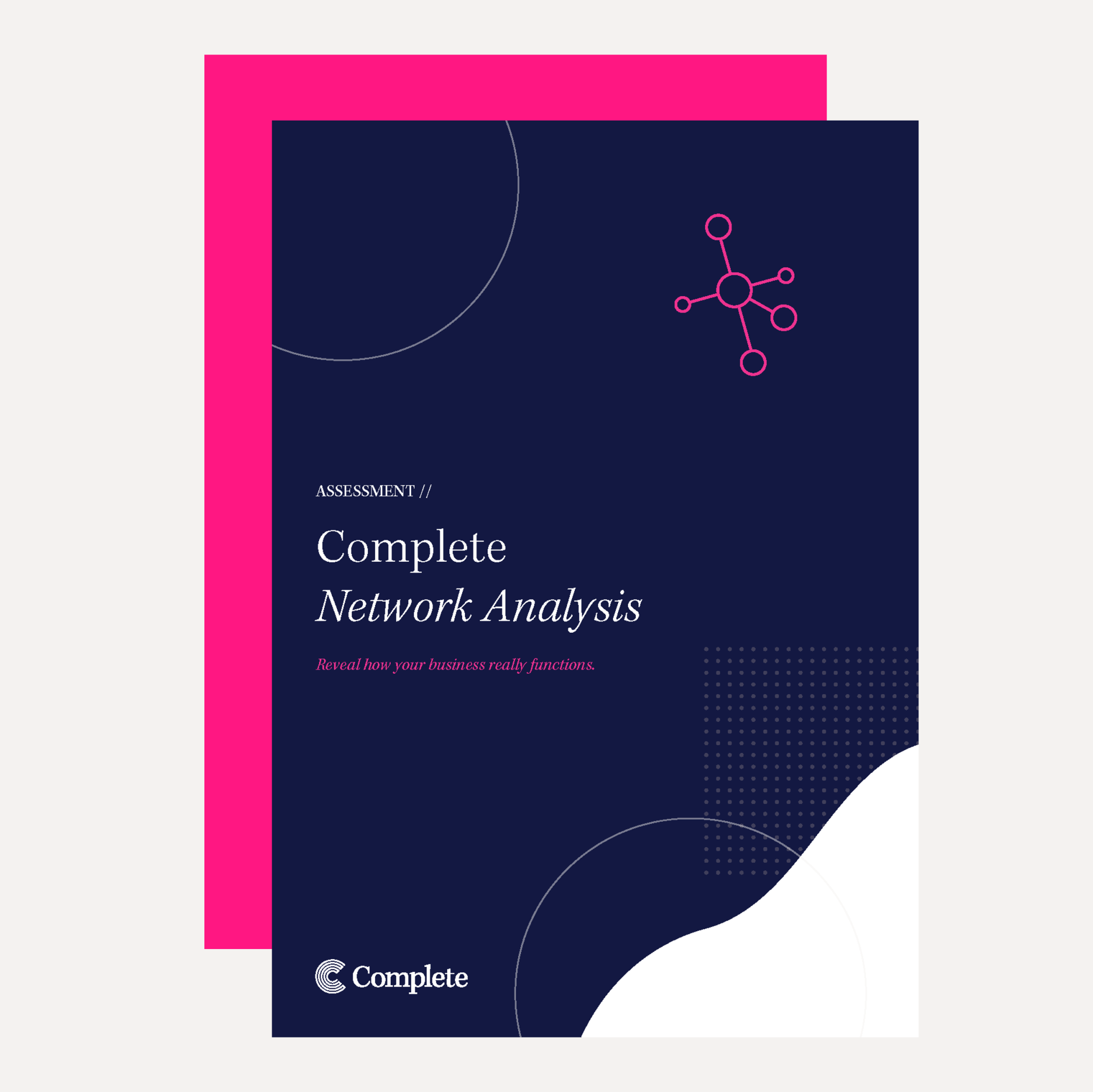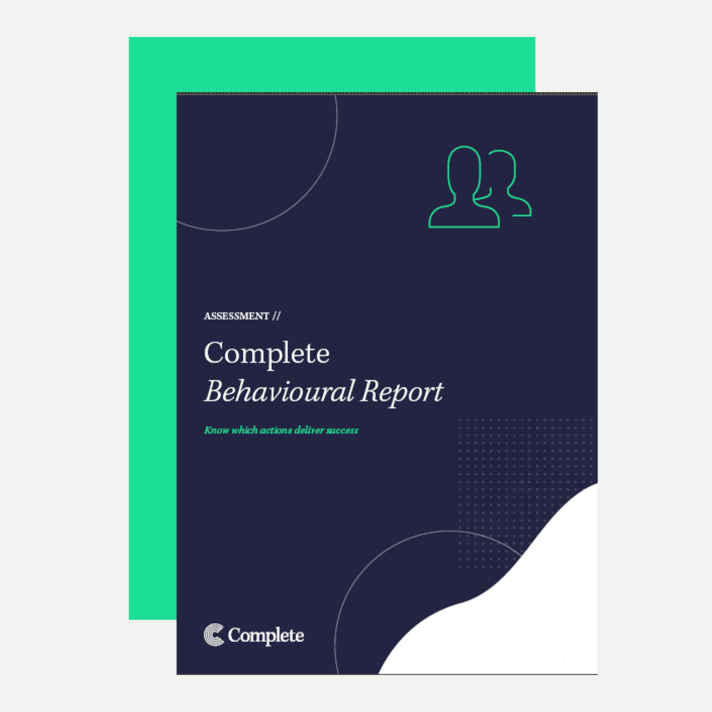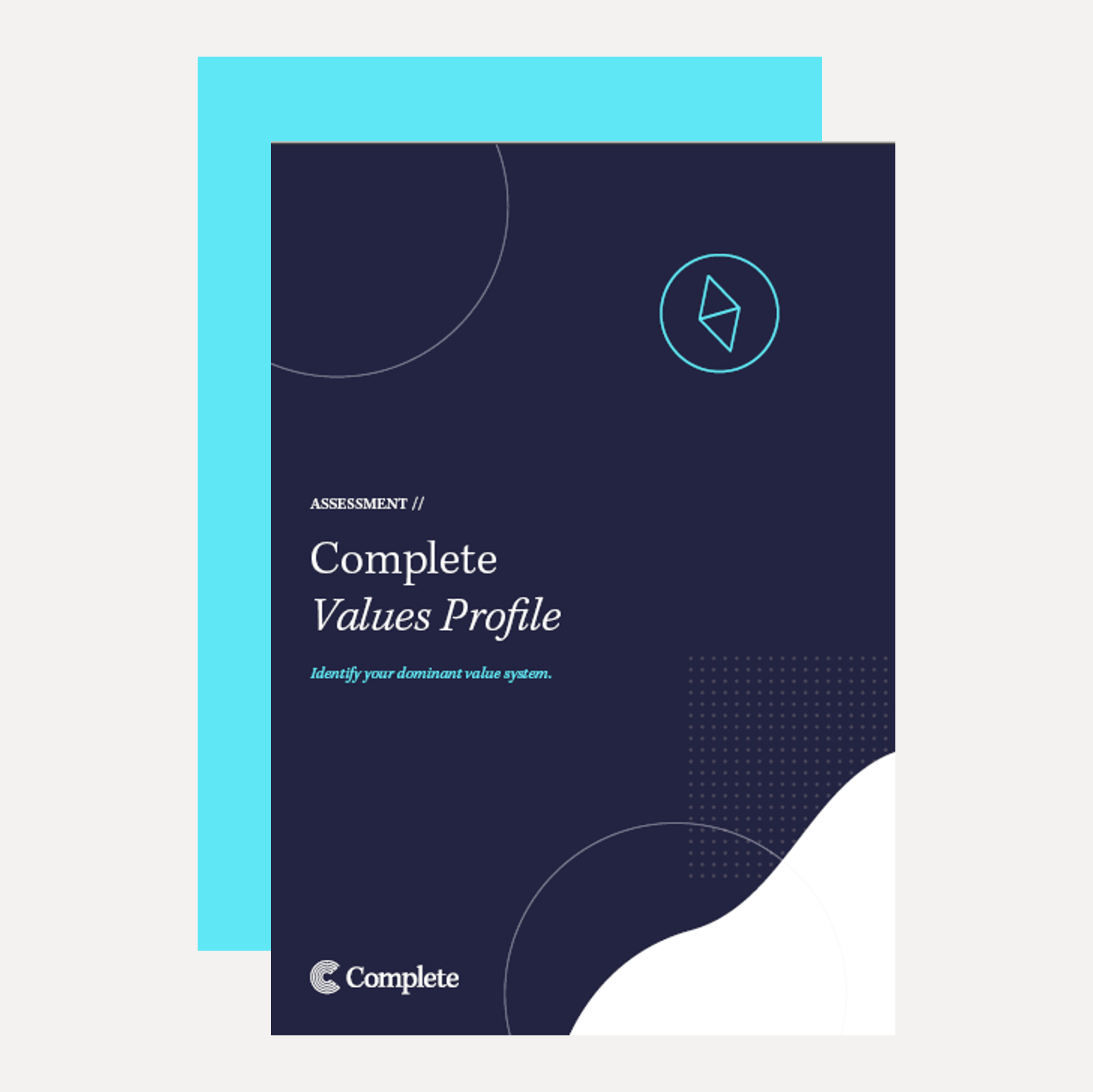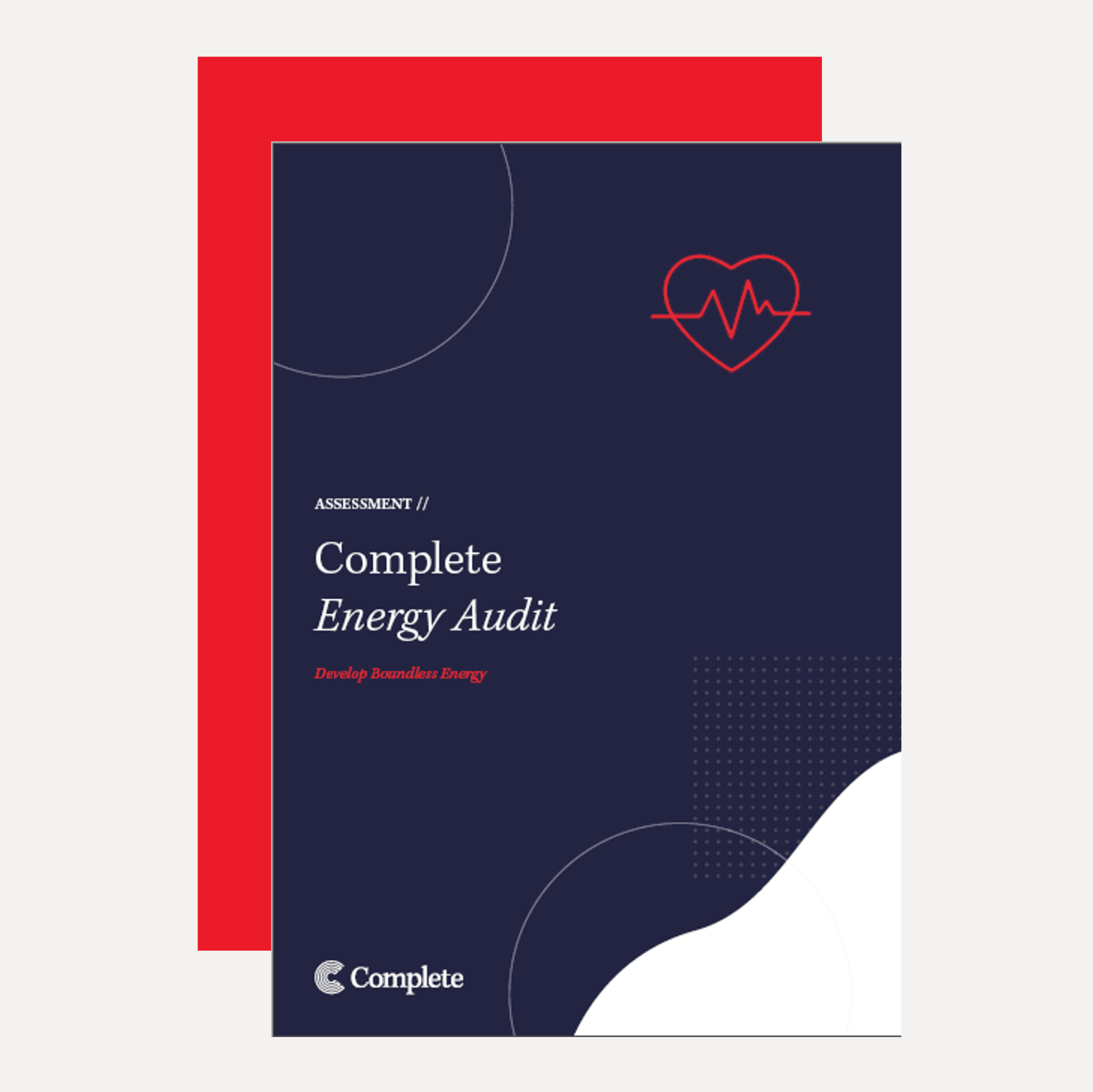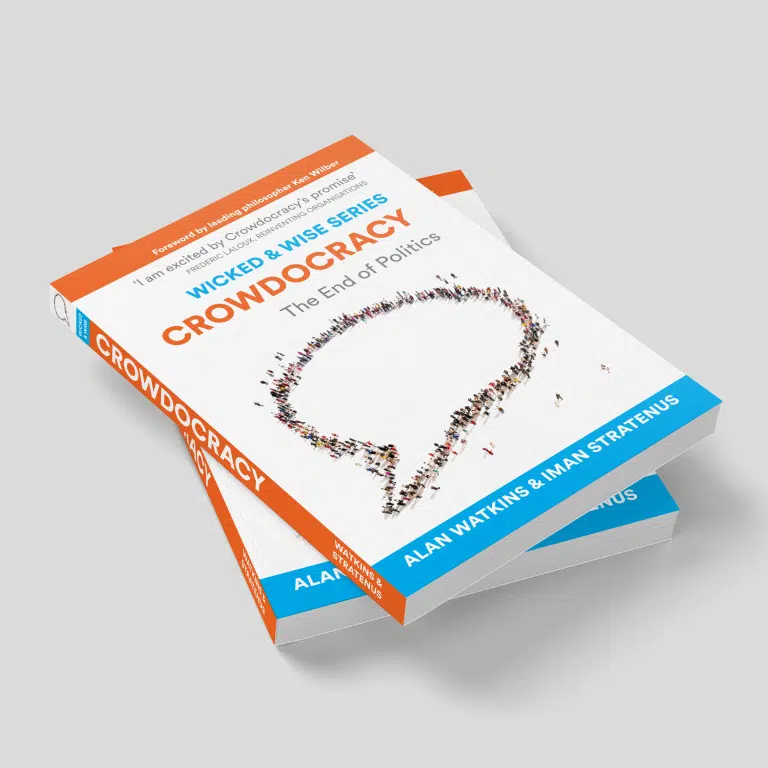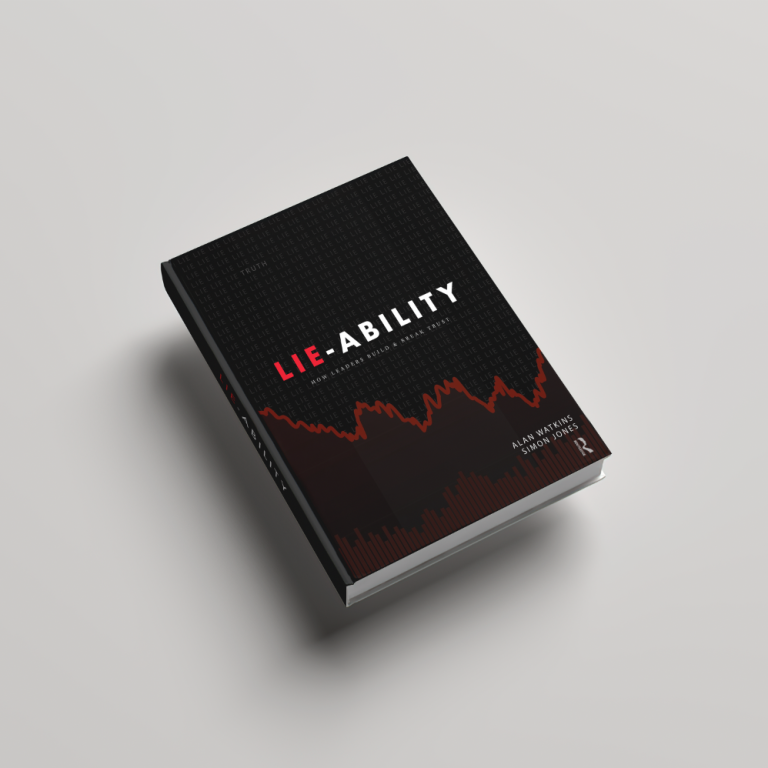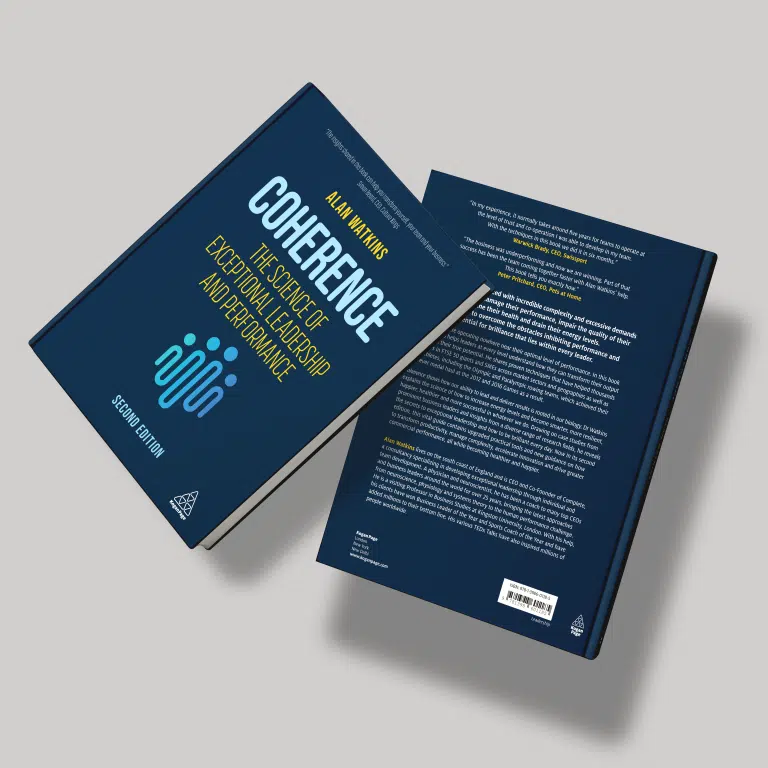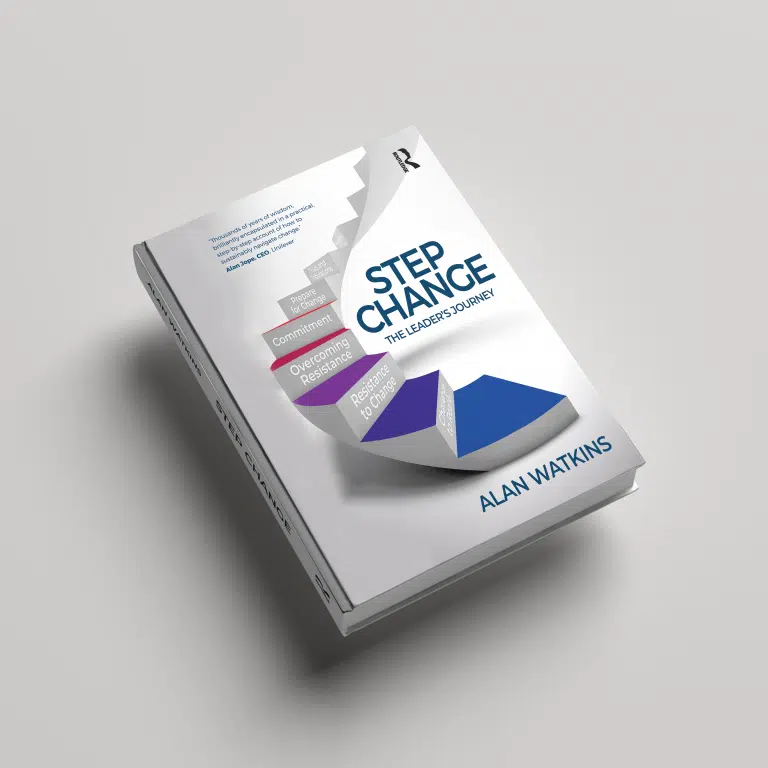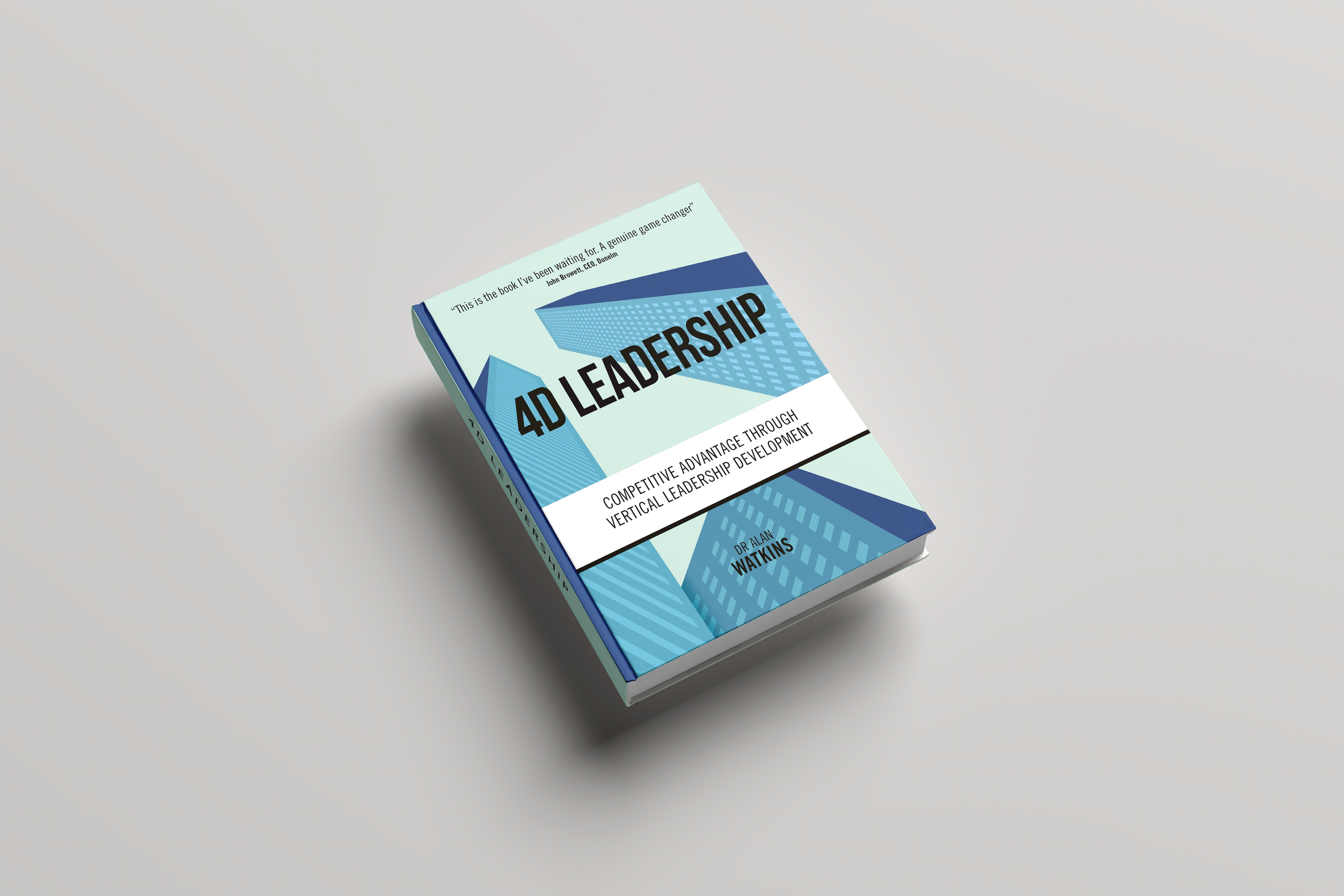Sitting on a train recently, I ‘earwigged’ on a group of five teenagers chatting about their school life. They covered everything: the positive impact some teachers had on their learning, the inadequacies of certain lessons, the breaktime provision and their views of the leaders in the school. OFSTED didn’t need to visit the school they just needed to eavesdrop like me. That would have given them all the information they needed!
After a while I noticed something about the ‘journey’ of the conversation. There were times when the students were animated, their hands and arms moving and eyes looking this way and that. There were times when their tone of voice changed and became flat and resigned to a situation. Four members of the group (interestingly the girls) appeared buoyant, positive and determined. The only male member of the group appeared to have ‘stuff’ on his mind.
As I sat with my nose in a book, Miss Marple style, I wondered if they, as individuals or a group, would be able to recognise that the conversation had dipped in and out of different emotions. Would they be able to identify their own student emotions? I discussed as much with a headteacher colleague I met at the end of my train journey. She suggested that students are not usually able to recognise their own emotions and even less likely to be able to name them.
Many students will be returning to school after the summer break with apprehension, uncertainty, anxiety and butterflies in their stomachs. These emotions often lay unrecognised, unidentified and unnamed but they can have a significant impact on students’ wellbeing and outcomes.
How to build emotional awareness
If students understood more about their emotions, they could shift their energy and emotions to a positive place. They would learn how to recognise and identify their emotions and see how their emotions (energy in motion) impacted on their outcomes.
Complete’s Universe of Emotions app is a tool that can help adults and students alike. Emotions are identified and logged onto a grid. The simple grid links emotions to the body’s physiology and, crucially, to performance. Once logged, you can see trends and patterns in emotions and therefore performance. Most importantly, Complete has clear strategies, based on medical and scientific evidence and research, to help individuals move their emotions into the ‘positive’ side of the grid. This improves emotional states and performance. There is clear evidence of its positive impact on adults so why not on students?
In education, there is much talk about the wellbeing and emotional happiness of students. There are also significant resources to support the perceived issues in this area. Many strategies would appear nebulous and lacking in objective empirical evidence. Their impact has yet to be measured. The Universe of Emotions is based on research over time, medical physiological evidence and immediate ‘data’ collection. This means it has validity in helping people, including students, become happier, more fulfilled and more successful.
If the Universe of Emotions were to be used in schools, who knows, my Miss Marple snooping on a train may hear very different things in the future. Student emotions would be better understood and better managed for positive outcomes.













